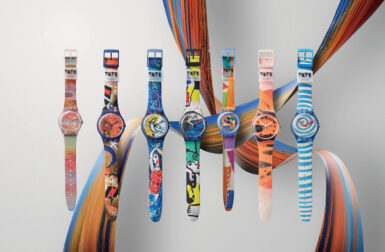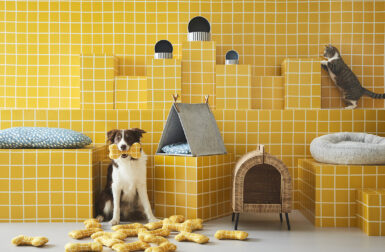Frederick Tang is founder of Frederick Tang Architecture, a boutique architecture and design practice based in Brooklyn, working in physical models, full-scale mock-ups, material samples, and hand sketching, as well as digital renderings. The ten-person studio provides an array of architectural and design services, from early programming and conceptualization through architectural and interior design, permitting, bidding, and the construction phase. Offerings in branding, graphic, product, and experience design make the process totally customized for each client. The practice’s work covers many types and scales, including public spaces such as retail stores, restaurants, art galleries, and fitness centers, and private spaces such as townhouses, apartments, and offices. Tang studied architecture and economics at Yale College and attended the Yale School of Architecture. Prior to starting his own practice, he was a Designer at Polshek Partnership, now Ennead. A few of Tang’s current projects include a Williamsburg studio building for artist Adam Pendleton, a restaurant in Cobble Hill, a guest house in Germantown, New York, and various townhouse renovations in New York City. For the past eight years, Tang has also been an Adjunct Assistant Professor of Architecture in the Barnard and Columbia College Architecture Department. Today Fred joins us for Friday Five!
1. Tendo Mokko Rocking Chair
When our son was born, we were, like many new parents, looking for a rocking chair for his room. Nothing seemed right until I came across this vintage Tendo Mokko Heron Rocking Chair on Craiglist, posted by a furniture-collecting dad on the Upper West Side. The chair was designed by Mitsumasa Sugasawa in the 1960s and is made of bentwood and leather. The bentwood reminds me of Eames, but it’s lighter and more delicate. Both of our kids now love this chair, trying to rock until they fall or putting it upside down to climb under. It’s so well-used by the whole family that I have to remind myself that the damage to the leather is “charming patina.”
2. Per Kirkeby’s Brick Sculpture near the Louisiana Museum
One of the must-do’s when you visit Copenhagen is a trip to the Louisiana Museum. And at the train station at the museum there is an enigmatic brick structure/sculpture, designed by the Danish artist Per Kirkeby. I love the way this pavilion hovers somewhere between art and architecture, Kirkeby called these structures “architecture without purpose.” It feels mysterious, but also playful. We ended up purchasing a Per Kirkeby drawing of this pavilion that now hangs in our living room.
3. Books
Whenever I’m at someone’s home or office, I try to sneak pictures of their bookshelves. There’s often something surprising that I might not otherwise come across like out-of-print books, and I’m inspired to find ones that I haven’t seen yet. Right now on my desk are a massive new monograph of the work of Swiss architect Valerio Olgiati, an old monograph on Ricardo Bofill, the newest (and last) issue of PRAXIS, a pamphlet on Antoine Predock’s Turtle Creek House, and Bruno Munari’s Square Circle Triangle.
4. Night Market Food
One of the most exciting aspects of travel is experiencing local food cultures, and one of the best cities to visit for food has to be Taipei. Taipei is famous for its “night markets” – bustling, crowded streets full of freshly made food. I always get a classic like an oyster omelet and then there’s always some new pastry invention to try. The general rule is to find the longest line and stand in it.

Photo via Wikimedia Commons
5. The Gowanus
Our studio is located in Gowanus, an industrial part of Brooklyn sandwiched between two residential neighborhoods. We’re in the Old American Can Factory, a warehouse complex full of artists, designers, and fabricators. When I leave the studio in winter evenings, the stillness of the Gowanus Canal feels otherworldly. There’s been a ton of new development and surely more to come, so I’m not sure how long the neighborhood will keep this character – but we will stay as long as we can!
















